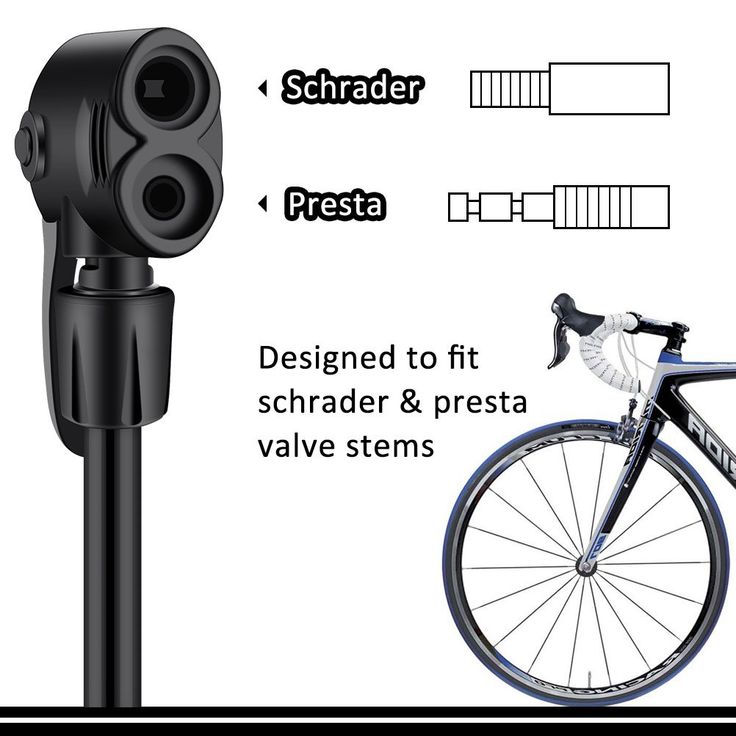Skip to content
All bike tires slowly leak air every day. Even if you’re an occasional rider, and you only take your bike down from the bike rack once a week, the tire pressure will still decrease. Before you ride, you should always check your tires’ PSI and, if needed, inflate them with a floor bike pump or a handheld pump.
On the sidewalls of your tires, you’ll see the manufacturer’s recommended pressure range for PSI (pounds per square inch). Different bike tires have different ranges, and narrow tires need more pressure than wide tires. The recommended PSI for different tires are:
Experienced cyclists can often estimate whether their tires need to be pumped by pinching the tire between their thumb and forefinger. The more accurate way of knowing when your tire should be pumped is by measuring its pressure with a pressure gauge; if the air pressure is measured below the recommended PSI, it’s time to pump.
First pump your bike tire to the middle of the range for the recommended PSI. You also need to take your body weight into account. Tires that bear a heavier rider need more PSI. Weather conditions and terrain also affect how a bike rides, so you’ll need to experiment with different PSIs to feel what’s most comfortable to you.
A Schrader valve is the type of valve you’ll find on car tires, older bike tires and mountain bikes. It consists of a metal pin in the center of a threaded valve, and a rubber cap that’s screwed onto the valve. Most bike pumps like those we reviewed have a dual head to accommodate both Schrader and Presta valves or a single head with an adapter.

A Presta valve is found on road bikes and some mountain bikes. It’s a slender valve with a nut at the top that is loosened and tightened before and after inflation. Almost all new bike pumps have a head with openings for both Schrader and Presta valves, or they have an adapter for switching from Schrader to Presta, like one of our top picks, the Topeak – Road Morph G.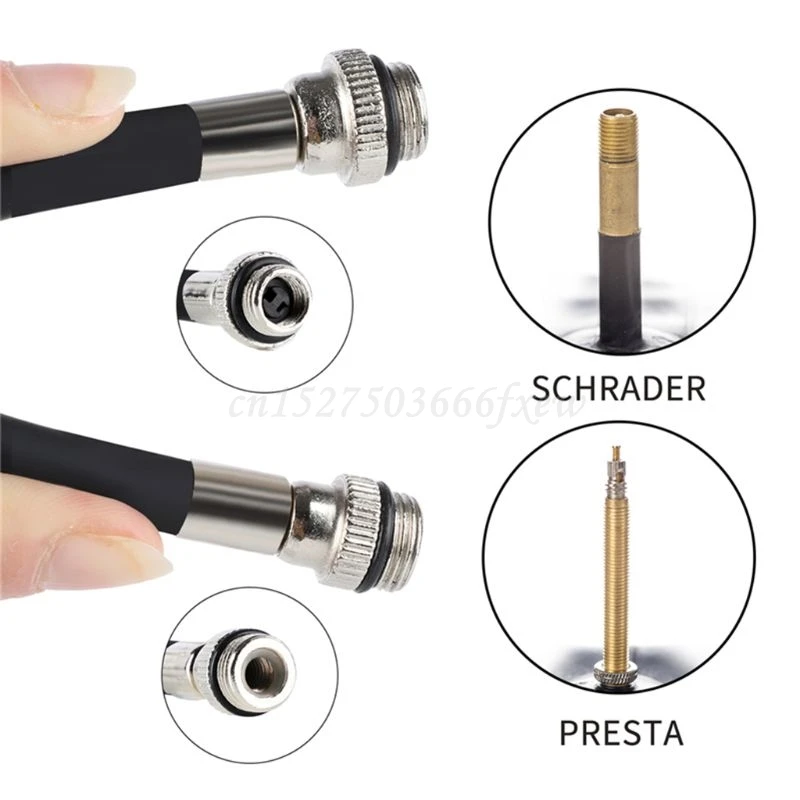
If you’re out riding and your tires need air, you could give them a quick inflate with a CO2 injector, like the one we reviewed. But if you don’t have a CO2 injector in your bag, and you forgot your mini pump, then you can pull into a gas station and inflate your tires there.
If you don’t have a pressure gauge, ask the station attendant for one. Inflate your tires to optimal pressure in short bursts; a gas-station air pump has very high pressure, and you run the risk of popping your tire.
A gas-station air pump will only fit a Schrader valve. But if your tires have Presta valves and you don’t have a Presta valve adapter, there’s still a way to inflate them.
Share this Review
Gene Gerrard, Writer
Gene has written about a wide variety of topics for too many years to count. He's been a professional chef, cooking-appliance demonstrator, playwright, director, editor of accountancy and bank-rating books, Houdini expert and dog lover (still is). When he's not writing for Your Best Digs, he's performing as a magician at the Magic Castle in Hollywood.
He's been a professional chef, cooking-appliance demonstrator, playwright, director, editor of accountancy and bank-rating books, Houdini expert and dog lover (still is). When he's not writing for Your Best Digs, he's performing as a magician at the Magic Castle in Hollywood.
I headed off from my house one Saturday early in my biking career, drooling with excitement for the mountain bike ride I’d been awaiting all week. Then, before I had reached the trailhead, I noticed my rear tire was significantly low. I felt like I was riding through mud – on the pavement! Remembering a gas station with an air pump on my way to the trailhead, I figured I could easily pump up my tire without a wasted trip back to my house.
But, when I tried to inflate my mountain bike tire… AAACK! Foiled! The gas station had a standard car pump and, new biker that I was, I forgot my bike tires have a presta valve. A week of hungering for a mountain bike ride… RUINED! All because of a puny little valve. Oh, the angst. Do NOT let this happen to YOU!
Oh, the angst. Do NOT let this happen to YOU!
Unless you grew up biking, most of us are so familiar with car tire valves, we assume it’s the only type of valve. In truth, car tires use what’s called a Schrader valve. It’s about the diameter of a pencil and has a tiny “button” in the center that, when pressed, allows air in or out, but holds air pressure relatively steady when not compressed.
Presta valves, on the other hand, are significantly skinnier than Schrader valves. They don’t have a button in the center of the valve and instead have an attached screw mechanism at the tip. When screwed closed, it holds air pressure in the tire. When unscrewed, you can pump air in or release air out.
Presta ValveCurrently, presta valves are the most common type of valve on high-end mountain bikes. Racers and high performance cyclists prefer them. They’re becoming increasingly common – even on mountain bikes on the low-end of the price spectrum.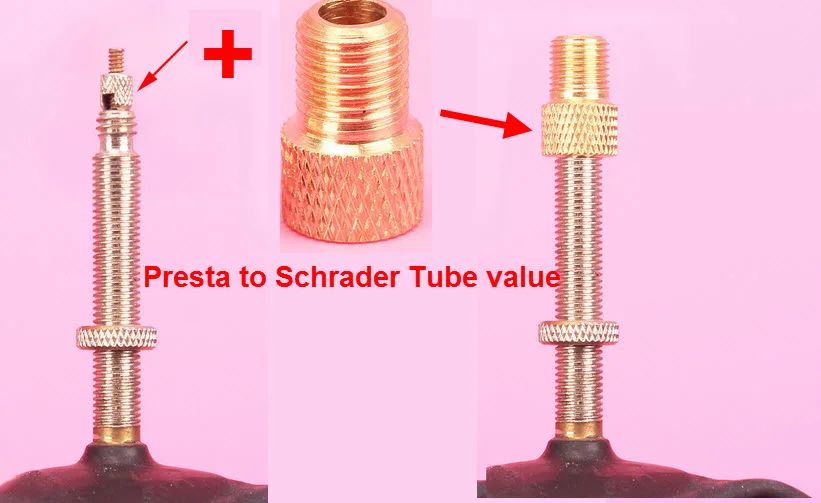
Why, you ask. (Perhaps with a significant number of swear words as you kick your flat mountain bike tire or throw your useless Schrader pump.) Why use an uncommon, obscure valve that doesn’t fit a standard pump? Is it just to make mountain bike newbies suffer? Why? Why?
No, it’s not just to frustrate you.
Presta valves are generally more reliable and allow pumping your tires to a more precise pressure. By virtue of design, all Schrader valves release tiny amounts of air over time, requiring occasional “topping off”. Having a cap on the valve can significantly decrease the air loss, but it still means, at any given moment, your tire may not have the pressure you pumped it to.
A casual mountain bike rider may not know what pressure they should be riding or even notice when the pressure is off. But for high-speed riders, tire pressure can have a significant impact on speed, race performance and riding safety.
The screw on the tip of the presta valve allows a rider to close off the tube at the desired pressure and not require a cap.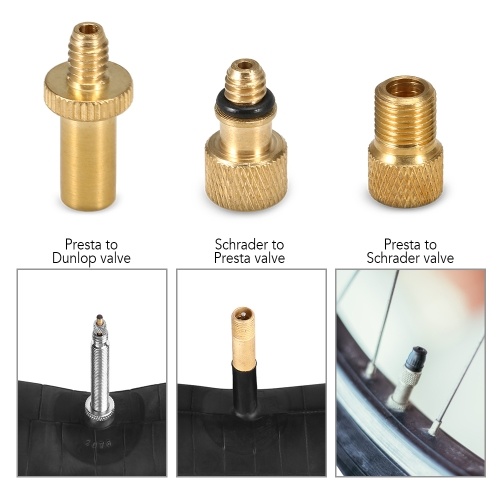 Barring an unnoticed leak or a puncture during a ride, the tire will now reliably hold the pressure you want.
Barring an unnoticed leak or a puncture during a ride, the tire will now reliably hold the pressure you want.
You can inflate a presta valve with a common air pump, such as at a gas station or portable air compressor. However, you need an adaptor that’s ridiculously small in size but huge in importance: a presta valve adaptor.
Presta valve adaptorHere are the steps to inflate a presta valve with a standard pump:
Since more and more mountain bike tires use presta valves, most bike pumps are either universal (meaning one hole works on both presta and Schrader valves) or they have two separate holes, one for each valve type. However, you should always carry a valve adaptor when you ride for situations when a standard pump is the only option. Some cyclists do this by keeping a valve adaptor screwed on their tire valve all the time. Just make sure the valve is screwed closed before putting the adapter on!
However, you should always carry a valve adaptor when you ride for situations when a standard pump is the only option. Some cyclists do this by keeping a valve adaptor screwed on their tire valve all the time. Just make sure the valve is screwed closed before putting the adapter on!
Presta valve adapters are extremely tiny and portable. This also means they’re easy to lose. The good news is they’re fairly cheap. I usually buy a handful at a time and keep one in my garage bike tools and one in my portable tool kit for rides. Having one in your glove box isn’t a bad idea, either!
All bike shops sell valve adapters and some general sporting goods shops and hardware stores carry them as well. You can also buy valve adapters online easily and cheaply.
This simple question actually does not have a straightforward answer. The simple rule is to refer to the tire manufacturer’s specs on tire pressure that are printed on the sidewall of your tires. Consensus of riders is that mountain bike pressure should be 30 psi on the front tire and 33 psi for the rear tire. This information should serve you well if you have only a casual interest in mountain biking and are doing entry-level to intermediate trails two or three times a month.
Consensus of riders is that mountain bike pressure should be 30 psi on the front tire and 33 psi for the rear tire. This information should serve you well if you have only a casual interest in mountain biking and are doing entry-level to intermediate trails two or three times a month.
However, if you spend a significant amount of time on your bike (and an equally significant amount of time dealing with pinch flats, blowouts or skidding out on corners), you’ll want to dive deeper into the science of bike tire pressure. DIY Mountain Bike has a fabulous, in-depth article and survey results examining appropriate bike tire pressure.
The fastest and easiest (and cheapest) way to check your tire is with your hand. When you squeeze it, it should be hard in the center with only a tiny bit of give farther out on the tire near the treads. A hand test, however, is – not surprisingly – not very accurate!
If you want to be precise, a tire pressure gauge will be necessary. But be warned: tire pressure gauges are notoriously unreliable and the sensitive sensors are easily broken. For my recommendation, read my tire pressure gauge product review.
But be warned: tire pressure gauges are notoriously unreliable and the sensitive sensors are easily broken. For my recommendation, read my tire pressure gauge product review.
If you’re in a pinch (perhaps literally!), and you don’t have a universal pump or a valve adapter, you can modify a tube cap to create a functional adapter using a presta valve CAP.
Remember to screw the tire valve shut after inflating! I know you’re tired of hearing that, but it’s important.
Now that you know everything you need to about how to inflate a presta mountain bike tire, you’ll never find yourself hungering for a ride and find yourself deterred by a standard tire pump!
And don’t forget to screw the presta valve closed…
Professional writer Kat Jahnigen was 2 miles from the nearest village – and roughly 2,310 miles – from the nearest English-speaking town – when her bike tire burst. At that time, she was a college student on a bike trip across the desolate, rocky island of Crete. It suddenly occurred to her that it would’ve been good to learn some basic bike repairs before setting off on a solo bike trip.
At that time, she was a college student on a bike trip across the desolate, rocky island of Crete. It suddenly occurred to her that it would’ve been good to learn some basic bike repairs before setting off on a solo bike trip.
Check out Kat’s website WriteHire at writehire.net.
Recommended
How to use a bicycle pump
Bicycle cock
Retro bicycle
The nipple, at its core, is a nut, the essence of which boils down to the ability to pump up the wheels. And, oddly enough, it is he who is the undeniable link between the cyclist and the motorist. Why? The roots of this story go back to 19century.
Initially, all vehicles had wooden wheels. And only at the end of the 19th century, a certain John Dunlop came up with the idea that inflatable rubber wheels are much more practical and convenient.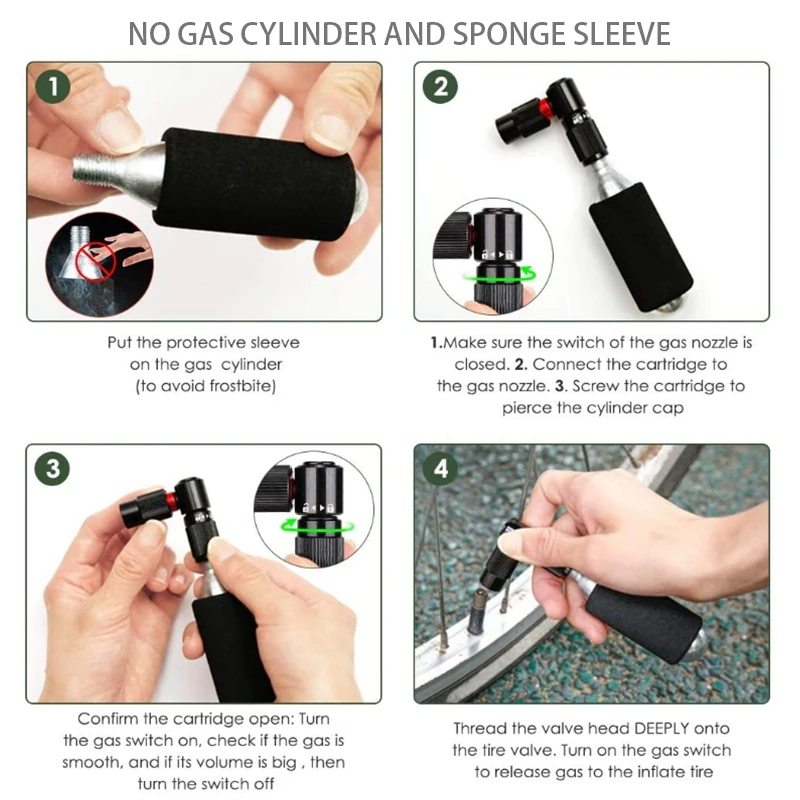 Therefore, he developed special protectors for his son's bicycle, inside of which there was air. Periodically, the wheels required pumping, for which the nipple was invented. Thus, a new word appeared in the history of transport development.
Therefore, he developed special protectors for his son's bicycle, inside of which there was air. Periodically, the wheels required pumping, for which the nipple was invented. Thus, a new word appeared in the history of transport development.
These parts began to be used not only for bicycle, but also for car wheels. Over time, varieties of these miracle nuts appeared. We will talk about them.
In some information sources, a bicycle nipple is also referred to as a spool valve. However, these are slightly different concepts. The spool is that part of the nipple that directly supplies air to the tires, moving in a straight line. But for convenience, in this article we will identify these concepts.
| Automotive | A.k.a Schroeder Nipple. As the name suggests, this spool valve can be used on both bicycle and car wheels. Moreover, the automobile spool greatly facilitates the task of pumping up the wheels - the auto pump tube fits perfectly into the cap. The diameter of the spool in the standard is 8 mm. It is put mainly on mountain bikes and downhills. The diameter of the spool in the standard is 8 mm. It is put mainly on mountain bikes and downhills. |
| Bicycle nipple | Also known as Presta. The most popular among his fellows. Such a spool valve keeps the pressure in the tires better, better designed. However, it is almost impossible to use a car pump with it, you must have either a special nozzle or a pump designed for bicycles. Yes, and this type must be handled with the utmost care: the Presta bicycle valve is equipped with a very fragile valve that is easy to break even when pumping the chambers. Therefore, manufacturers often make it screw-in. Diameter - 6 mm. |
| Dunlop | A cross between the other two types of spool valve. Outdated model. It is installed only on children's bicycles and on retro bikes. The hole diameter, like that of an automobile counterpart, is 8 mm. |
In everyday life, a cyclist pays attention to bicycle nipples only when the wheels need to be pumped up. Therefore, the topic of correct handling of the spool valve and the pump should be given special attention.
Therefore, the topic of correct handling of the spool valve and the pump should be given special attention.
Automotive nipple
If this piece of technical thought is installed on your iron horse, then inflating a tire will not be difficult either in the garage or on the road (if required). The fact is that the valve on such a device is universal and any pump that is at hand can be used for it.
What are we doing. The autonipple is equipped with a special cap that keeps the pressure in the tires. It must be unscrewed and put in a conspicuous place. Now we install the pump head and fix it with a clip (the clip is parallel to the nipple). Now gently blow air into the tire. The wheel rim always indicates what pressure is acceptable for a given bike. Try not to go beyond these designations, watch the pressure gauge on the pump. Ready! We release the clamp, remove the pump and twist the cap into place.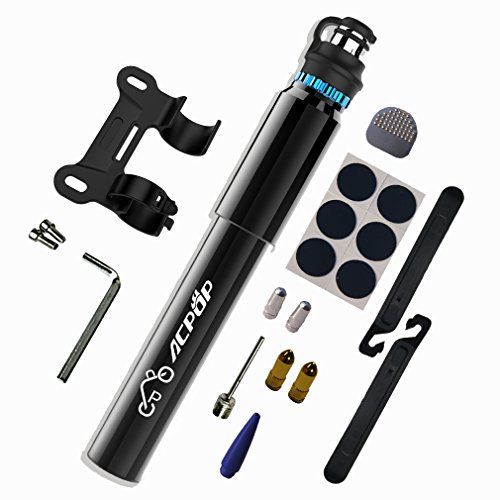 Everyone, you can move on.
Everyone, you can move on.
Presta
This spool is found on all sport type bikes. It is slightly smaller in diameter than the autonipple, but its length is much longer - from 42 to 80 mm versus 40. The main feature of Presta is that the valve stem is outside, not inside. And a special nut is also attached to the cap, which additionally traps air in the tires. You should be aware that for pumping air you will need either a bicycle pump or a car pump with a special hole. The standard entry is no longer suitable.
How to inflate a wheel. We start, as always, by unscrewing the cap and putting it in the tactile zone (so as not to lose it). Now you need to unscrew the lock nut. And here you need to make a reservation: there is no need to completely remove it from the rod. It is enough just to achieve the release of the rod. It's easy to check - press the valve with your finger and if at the same time air comes out of the wheel, then the job is done.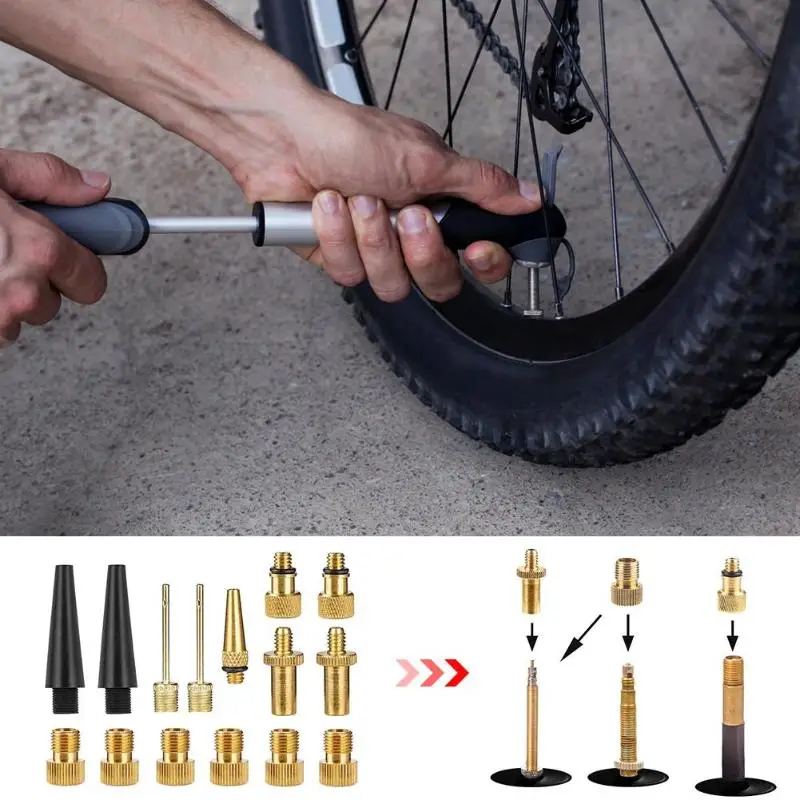 Well, then the process is absolutely similar to the previous, automobile nipple: we install the pump, fix the clamp and in portions, following the monometer, we supply air to the tire. Made!
Well, then the process is absolutely similar to the previous, automobile nipple: we install the pump, fix the clamp and in portions, following the monometer, we supply air to the tire. Made!
Dunlop
Surprisingly, this type of valve looks very similar to an autonipple, but functionally it looks like Presta. Dunlops are almost non-existent on modern bikes, but if you're the lucky owner of a retro bike, you should follow the instructions for the Presta valve to inflate the wheel.
My new bike has thin tires with a valve that I have never used before. I searched the internet and found that it's called Presta valve and it's quite common and popular.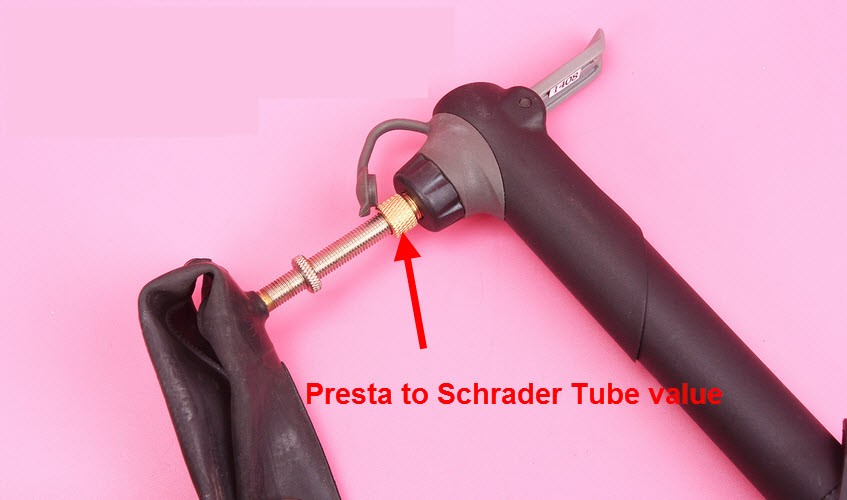 I find it annoying and painstaking, and I don't know how to use it properly. I have a floor pump and I know the valves and pumps are fine because the guy at the store had no problem using the same one. But after reading online and watching YouTube videos, I still can't figure out how to do it right!
I find it annoying and painstaking, and I don't know how to use it properly. I have a floor pump and I know the valves and pumps are fine because the guy at the store had no problem using the same one. But after reading online and watching YouTube videos, I still can't figure out how to do it right!
Here's what I'm trying to do:
Turn the wheel so that the pump can comfortably reach the valve (the online guides say the valve should be in the 12 o'clock position, but I can't do that because the hose on the pump is not long enough)
Remove the valve cover, unscrew the fitting in the valve, and tap it a little - a jet of air shoots out. Good.
Push the pump onto the valve. This is where I get into trouble...
I can't seem to get the valve cap in the right direction. I push it with my elbow lever down and then pull the lever up as you can see in the photos to secure the attachment to the valve.
Now, either it floats around freely and leaks air from the sides (when I push it gently) or sometimes it goes further but then the tire doesn't seem to inflate either, the pump just gets stiff very quickly, as if a valve was blocked - then i remove the nozzle and it goes pffft like all the pressure was just back up in the hose and not really going into the tire.
I was able to inflate the tire in the end, but it took me about an hour of stuffing around and my "project manager" got mad because I should have been in the kitchen making her a salad instead of hanging out in the garage.
The time I got it right I had to deflate the tire completely and even then it was difficult because with the tire completely deflated the valve stem had just been pushed into the rim. Are you sure it's not normal? What's the trick to attaching the damn thing?
Also, how can I just check the pressure? When I attach this thing, I expect the giant to jump up and show me how much pressure it has, but it remains at 0.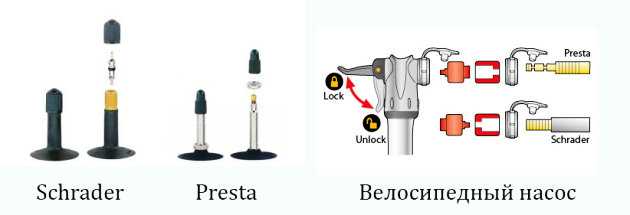 The tires say that the side needs to be inflated to 110 psi (7.5 atm), but my pump only rises to 100.
The tires say that the side needs to be inflated to 110 psi (7.5 atm), but my pump only rises to 100.
&004
wim
2012-12-04 01:29:01 +0000
These valve stems are too short for the deep rims you have there. It's only from the pictures that the valve stem doesn't stick out far enough from the rim for the pump to fit all the way on it. Consequently, it does not make enough contact with the valve to inflate the tires.
SourceScott Hillson
2015-08-18 06:02:38 +0000
For shorter presta stem valves on deep rims, the trick to inflate is to first deflate the tire to about 50%, then push down on the barrel of the pump head with one hand and push the stem through the tire side of the rim with the other hand.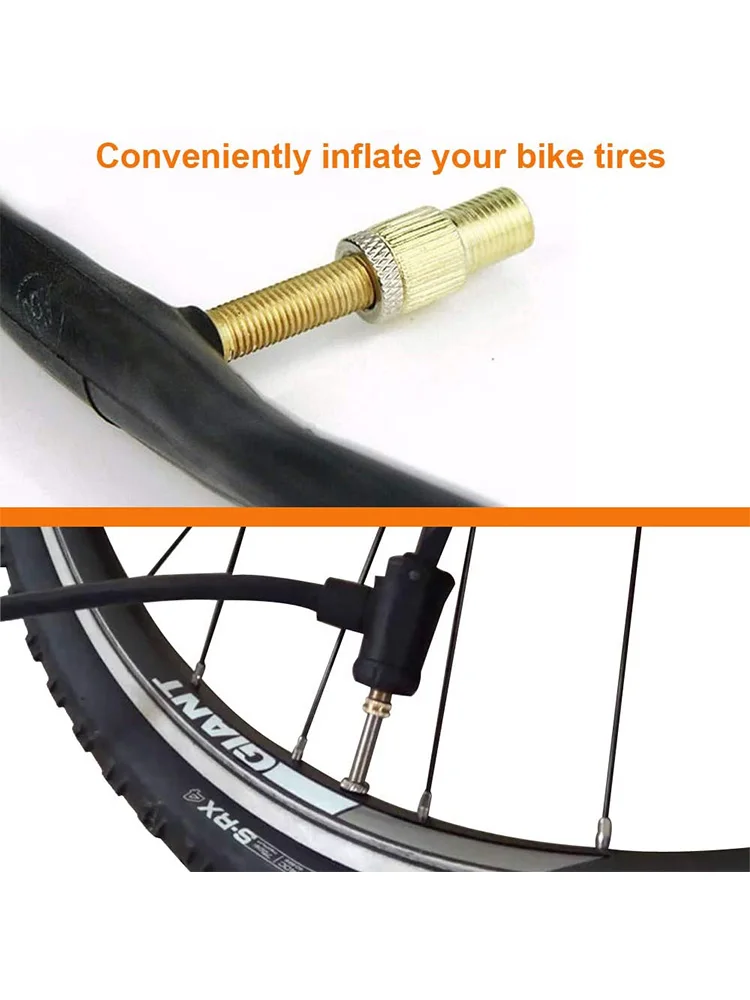 Then use the lever to get a good seal.
Then use the lever to get a good seal.
When you pump it up, the increase in pressure in the pump head will push the presta valve on its own. As Daniel Hicks said in a comment on this thread:
SourceIt is not necessary to press the stem in the Presta valve as the air pressure will open the valve when the pressure in the pump rises more than inside the tire. All that is needed is to tap the stem briefly before inserting the chuck to make sure the rubber seal is not stuck.
Sanjiv
2012-12-03 13:24:51 +0000
"Remove the valve cover, unscrew the fitting in the valve and lightly tap on it - a jet of air will shoot out. Good."
You understood correctly. If you have the right pump and the chuck is working properly, then just press the chuck and flip the lever.
Normally, when you push the chuck far enough, the little button in the middle of the chuck will push the "thing" down to release the air and let you read the pressure.
Maybe your cartridge is poorly designed (or not quite "barrel agnostic") and you're better off with a screw-on adapter. (And some cartridge designs require internal parts to be replaced for the Presta valves to work.)
(It's actually not that hard or fussy with the right pump and the right technique).
SourceDaniel R Hicks
2012-12-04 08:16:37 +0000
Inside the head of the Presta pump is a pin behind a rubber washer that depresses a valve on the stem that engages when you move the lever to the raised position. At the same time, typically, a set of clamping jaws is clamped onto the stem body, holding it in place. It's very likely that your pump is not able to activate the valve enough to break the seal, and so when you pump, the air, instead of inflating the tire, is pressed against the rubber washer.
As mentioned above, this may be an artifact of the exposed shank not being long enough, and you should pay attention to: use either a cartridge that does not require that much shank; replace the inner chamber with a longer one; or use a valve extension (which leaves the existing core intact), or if the chamber has a replacement core to screw in the valve extension (like those available from Continental).
Sometimes I find it useful, when pumps are not working as I would expect them to, to use an internal chamber with a known working valve without installing it in the tyre. This will eliminate the chance that insufficient stem will be the limiting factor and will allow the pump to be used to ensure proper operation.
Sourcejdv
2012-12-03 13:09:59 +0000
The pump appears to have a valve that should automatically switch between Presta and Schrader as needed. In my experience, these valves don't always work. I have a similar pump where the valve is stuck and I can only use it to inflate schrader valves now.
If this is at the root of your problem, and among many alternatives, you can either 1) buy a new pump, or 2) get a Presta-->Schroeder Adapter.
I think that if you are running a bicycle tire pump, the air should come out of the shredder side of the valve.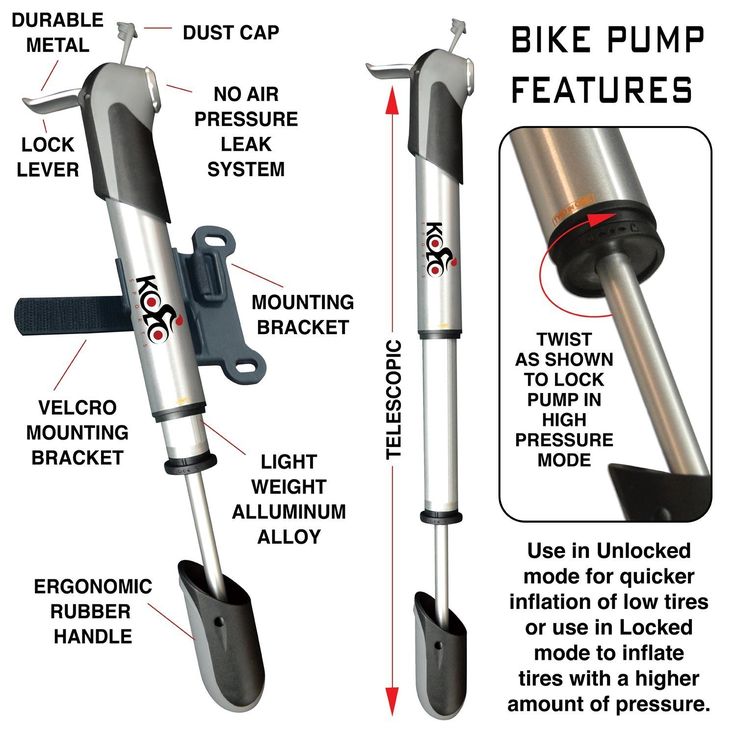 This will show you what mode the valve is in.
This will show you what mode the valve is in.
Zippy The Pinhead
2013-08-06 01:57:34 +0000
You need a dedicated Presta valve to fit your tire pump or an adapter to temporarily convert a bicycle tire valve to a Schrader tire valve so you can use a standard tire pump. After refueling, remove the adapter until the next time.
Sourceuser7696
2014-07-21 19:41:44 +0000
One of the tricks I used in the pinch when my stem was too short for the depth of the rim (as shown in your picture) is to place your thumb on the tire at the point of the stem and gently press it down until until the stem is pulled out of the rim. This can give the leverage needed to attach the pump head to a short length of rim. While the extension stem solution is good, your discs are not super deep discs that require a stem that is so long that is not readily available. Find a good long stem tube and your particular problem should be solved. Also, I had issues with unread presta stems that caused the pump head to slip off before the tire was fully inflated. I bought a new pump head and it is now difficult to remove the pump head on threaded stems, but the pump stays attached to the stem up to 120+ pounds on non-tread stems.
Find a good long stem tube and your particular problem should be solved. Also, I had issues with unread presta stems that caused the pump head to slip off before the tire was fully inflated. I bought a new pump head and it is now difficult to remove the pump head on threaded stems, but the pump stays attached to the stem up to 120+ pounds on non-tread stems.
dabberdog
2018-03-10 22:45:40 +0000
I can't decide on valve stem length, but I was lucky my bike shop had a pair of presta to schrider adapters when I bought the bike. The bike shop showed me how to use the adapters and told me to leave them on the valve stems so I always have the adapters with me if I need them. This has saved me several times from not wanting to use a CO2 tank and could instead use a pneumatic machine at a gas station.
Sourcealain smithee
2016-06-11 19:50:46 +0000
The same problem arose - the trick is that the threaded sleeve at the very tip of the valve must be loose and floating in order for the valve to work under the pressure of the incoming pumped air.